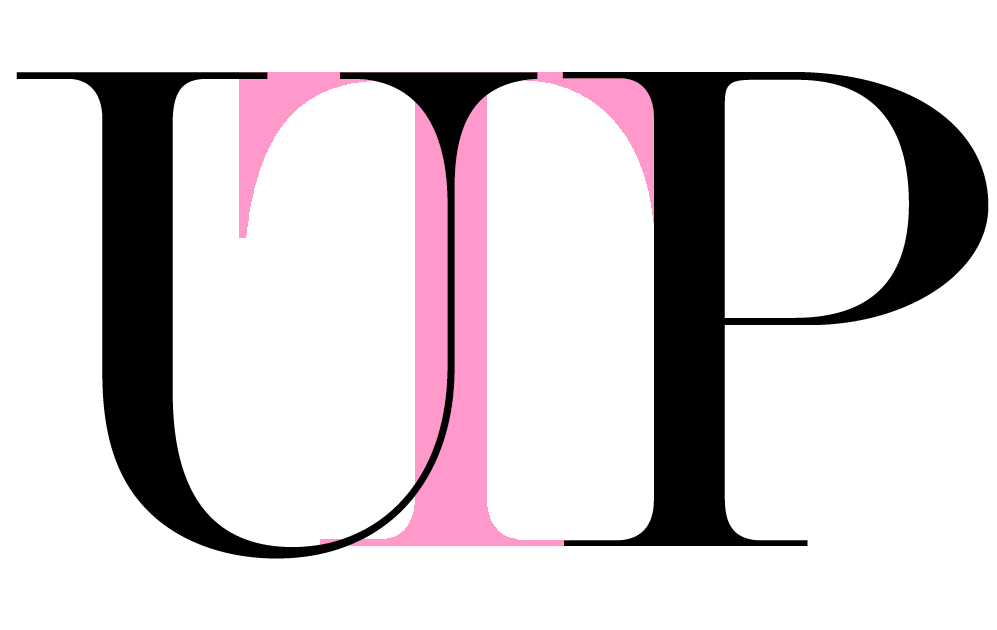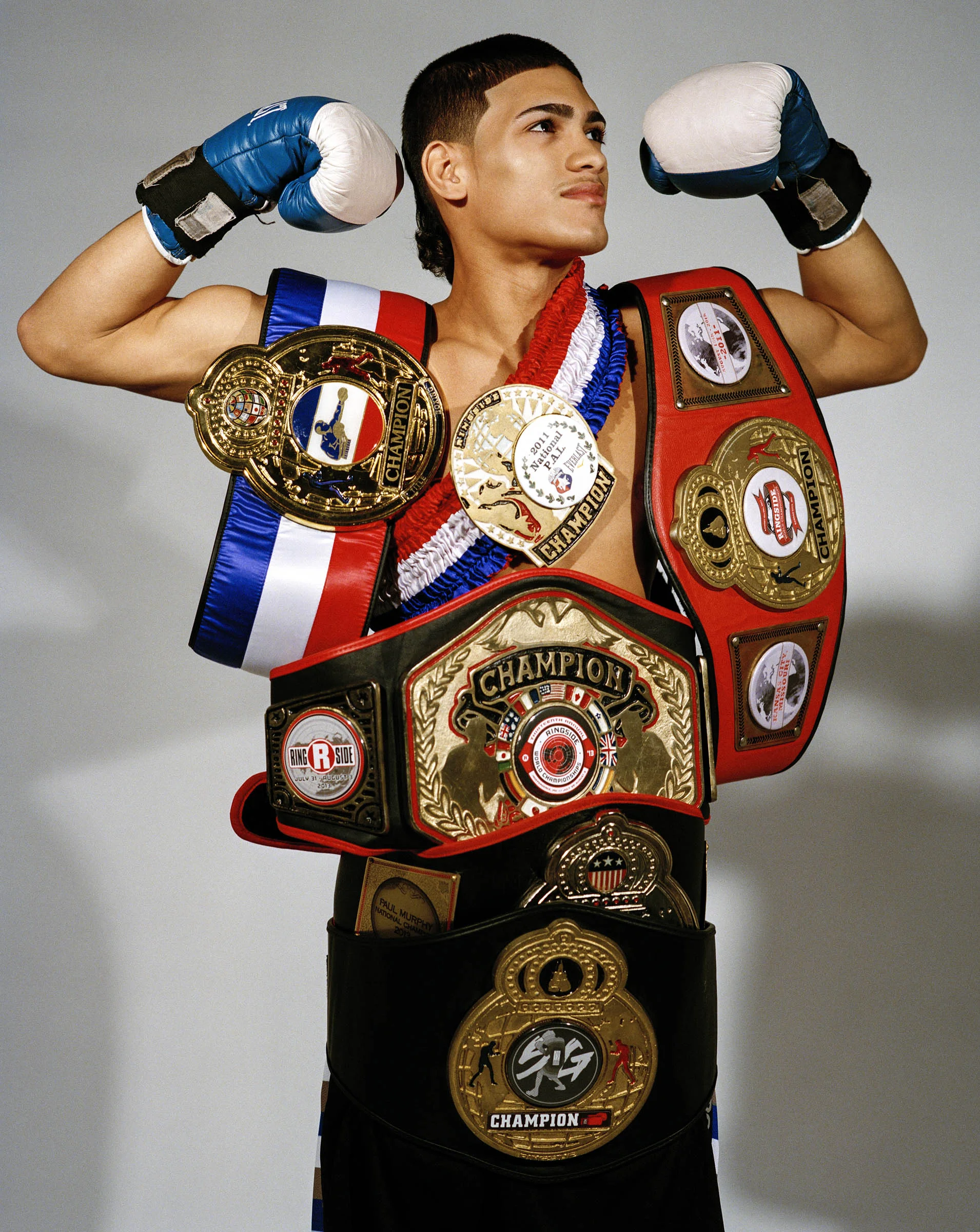Lucas Foglia
Conceptually and formally urban and rural spaces speak in distinct and familiar visual codes and styles. Betwixt and between what one would consider a proper rustic scene, such as an expanse of valley, snow-peaked mountain ranges, or a cluster of cattle, there exist border towns, metaphorical spaces, where a factory looks quite at home on the prairie or the effects of industrial drilling can appear to be acts of beautification. In these real and metaphorical locales, in this clash of cultures, Lucas Foglia presents vivid scenes of an American West that is experiencing social, physical and interpretative transformations. Foglia’s series Frontcountry, in particular, reveals structures, networks, and communities that share and occupy intersectional spaces in which dislocation, industrialization, migration, land use, and shifting cultural identities change expectations and notions of town and country.
Wayne: Frontcountry, the title of your latest series of photographs of the American West, implies a geographical divide or border. How did you come up with the title?
Lucas: Frontcountry is what backcountry guides call the edge of town, as you hike in. It’s the boundary between people and wild areas.
Considering both Frontcountry and A Natural Order, your previous series that features communities of ex-urbanites living off the grid, I began to think about how concepts such as “new pastoral”, “back-to-land movement” and “anti-urbansim” play against images of deindustrialization and decline in cities. Do you feel that you are illustrating this trend in your work?
People need to sustain themselves in order to live. In A Natural Order I photographed people in the rural Southeastern United States who build their homes from local materials, obtain their water from nearby springs, and hunt, gather, or grow their own food. In Frontcountry I photographed people in the rural American West who worked on farms or ranches, or for mining corporations.
Similarly your photographs seem to suggest ways in which social and economic environments are constructed, broken down and transformed over time. Implicit in images of aggressive mining, drilling, and ranchers engaged in more traditional forms of production is an idea that urban or industrial production has a negative impact on rusticity. Are you optimistic or pessimistic about the future of pastoral life in the face of these changes?
Cliff Teel, a Nevada rancher who wrote the introduction to the book said: “In the early 1900s, the town of Tobar was here. Railroad officials named it Tobar because a sign at the Western Pacific Railroad station said ‘To Bar’ with an arrow. A local hotel owner put out advertisements that said Tobar, Nevada was ‘Home of the Big Apple.’ Almost 500 farmers moved here. They couldn’t grow apples in the desert without water, so most eventually left. The last business closed in the 1940s, and it was quiet all the way until 1969 when a railroad car of bombs on their way to Vietnam exploded a mile west of town. After that,” Cliff wrote,” it was quiet again until Pattie and I moved here in 1981.”
The landscape I photograph has been marked by generations of booms and busts. I’m optimistic that people will be able to live in the region in the future. The question I ask is how can we live better, and how can we conserve the land in the (wild) West that still feels wild?
To produce Frontcountry you traveled to Idaho, Montana, Nevada, New Mexico, Texas, and Wyoming. What led you to choose these locations?
Friends of friends of friends.
There is almost a collective sense of what rural and natural should look like, that a rustic style certainly differs from the urbane. Do you think that the rural/urban divide is a cultural or geographical fiction?
The cultures can be, in my experience, as different between rural New York and New York City, as the cultures are different between New York City and Tokyo. Rural, in the United States, is both cultural and geographical. That being said, the rural landscape is shaped, physically, by government and economy. How much water a farmer or rancher can use is determined by government. Whole towns are built or abandoned in response to the opening or closing of a gold mine, which is in response to the price of gold.
How have your travels informed your own experience? You grew up in rural New York, in an environment in which you experienced a tension between what is natural and technological.
As I grew up, suburban houses, malls, supermarkets developed around my family’s farm. Still, we heated our house with wood, farmed, and canned our food. In many ways that lifestyle was my earliest influence. Photography allows me to tell stories about people, and about their connection to land. My photographs, I think, both describe and question the values of the place I come from.
As a Detroit native I am struck by how its urban landscape has become dramatically altered by economic changes, dislocation and migration out of the city, and by innovative use of land. It’s as if urban space is receding and a pastoral sensibility has taken its place. Do you see analogies to urban decline and pastoral encroachment in your photography?
I expected cowboys to be nomads, herding animals over a wild landscape. I learned pretty quickly that most ranchers had homes and mortgages. I also learned that every mine closes eventually. When a mine closes, the company leaves and people have to move. Miners are the modern day nomads, following jobs across the country. Is that urban?
Juxtaposing scenes of undomesticated naturalism with images of mining and aggressive use of land, you suggest that ideas like rural and urban or industrial and pastoral blur or bleed into each other.
In many ways, yes. I want my photographs to ‘blur’ boundaries; to question what we expect to see.
Do you want the viewer to come to your images with an understanding of the backstory, know the locations or be familiar with its geography and history? Are A Natural Order and Frontcountry fictive narratives or documentation?
I want my photographs to compel people to look. I like the idea that viewers can bring their own stories to my photographs. I want my photographs to compel viewers to ask questions, to look longer. I think of the projects as creative nonfictions. I like to spend time with the people I photograph, to stay for long enough to take part in everyday life. My favorite photographs take casual moments and make them seem extraordinary.
I am intrigued by the formal, almost balletic poses of the cowboy and ranchers in FrontCountry. Are they posed or have your captured them in these positions?
That photograph was candid. I am not against a photograph being posed though, as long as it seems real. I always work from the events that are happening around me, and I don’t make things up from scratch because I think the world is smarter, more complex and far more beautiful than the things I can come up with in my head.
Photographs by Lucas Foglia
courtesy Fredericks & Freiser Gallery, NYC












